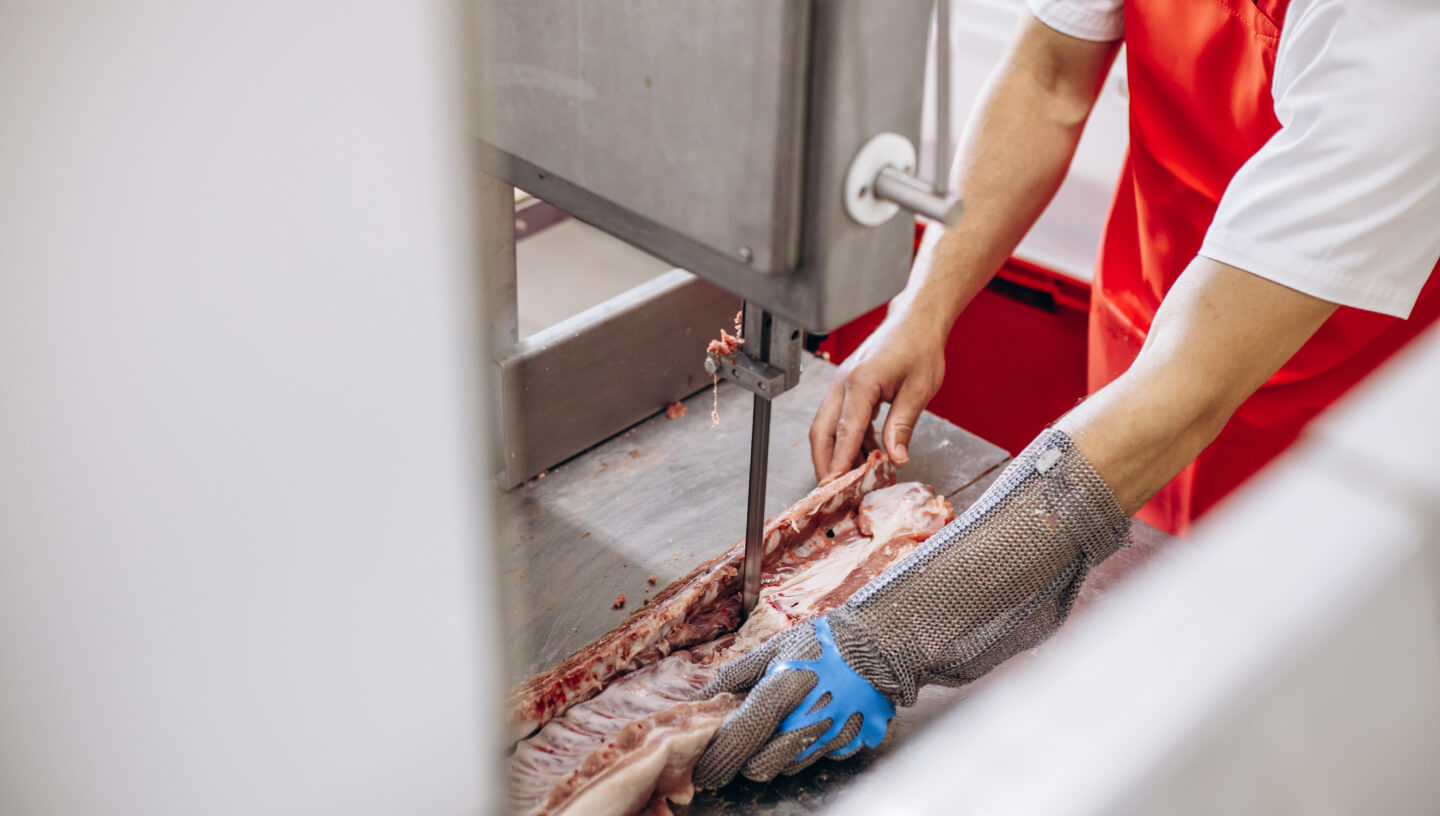01.11.2022
Scientists show how food production stresses global ecosystems
 Photo by: Petro Seniv / iStock
Photo by: Petro Seniv / iStock
American scientists at the University of California, Santa Barbara, have produced a global map of the stresses that terrestrial and aquatic ecosystems are experiencing due to food production on a global scale. This was reported by the science news portal Phys.org.
In their work, the researchers used detailed data from a 2017 analysis of the food industry on greenhouse gas emissions, freshwater use, habitat disturbance and pollution from nutrients such as fertiliser runoff.
The research team then compared the results with current figures to create a detailed picture of the food industry’s impacts.
“The cumulative pressures of food production are more concentrated than previously thought. Meanwhile, 92% of the environmental pressure from food production on land is concentrated on just 10% of the Earth’s surface,” said Melanie Fraser, co-author of the report, a researcher at the National Centre for Environmental Analysis and Synthesis at the University of California.
Five countries — China, India, the USA, Brazil and Pakistan — account for almost half of the total environmental load of food production.
The researchers also uncovered the relationship between the impact of the food industry on marine and terrestrial ecosystems. For example, the raising of chickens and pigs affects the ocean because herring, anchovies and sardines are used to feed the animals.
In turn, aquaculture farms feed fish to crops, thereby increasing the pressure on the land.
An assessment of cumulative (cumulative effect) impacts helped to identify outcomes that could not have been predicted by examining only individual cases.
The cumulative pressure on the environment from pig farming was found to be slightly higher than from cow farming, although cattle require much more land. This is due to the fact that pig farms are more polluting and consume more water than barns.
The production of pork, beef and dairy products has been found to be the ‘heaviest’ in terms of cumulative pressures on ecosystems. Rice, wheat and oilseed crops also cause significant environmental pressure.
To feed a growing global population, reduce environmental degradation and improve food security, the researchers suggest, major changes will have to be made to existing food systems.
Cover photo: BONDART / iStock







































Comments